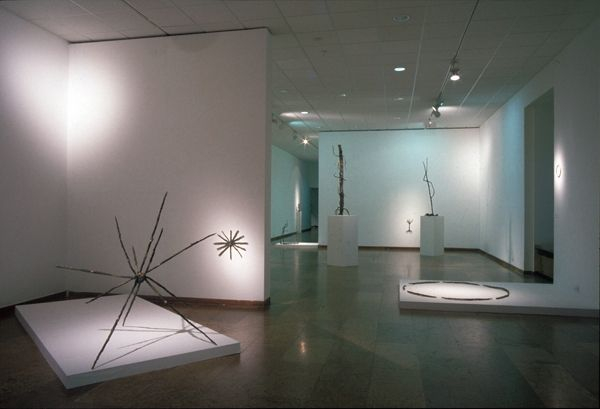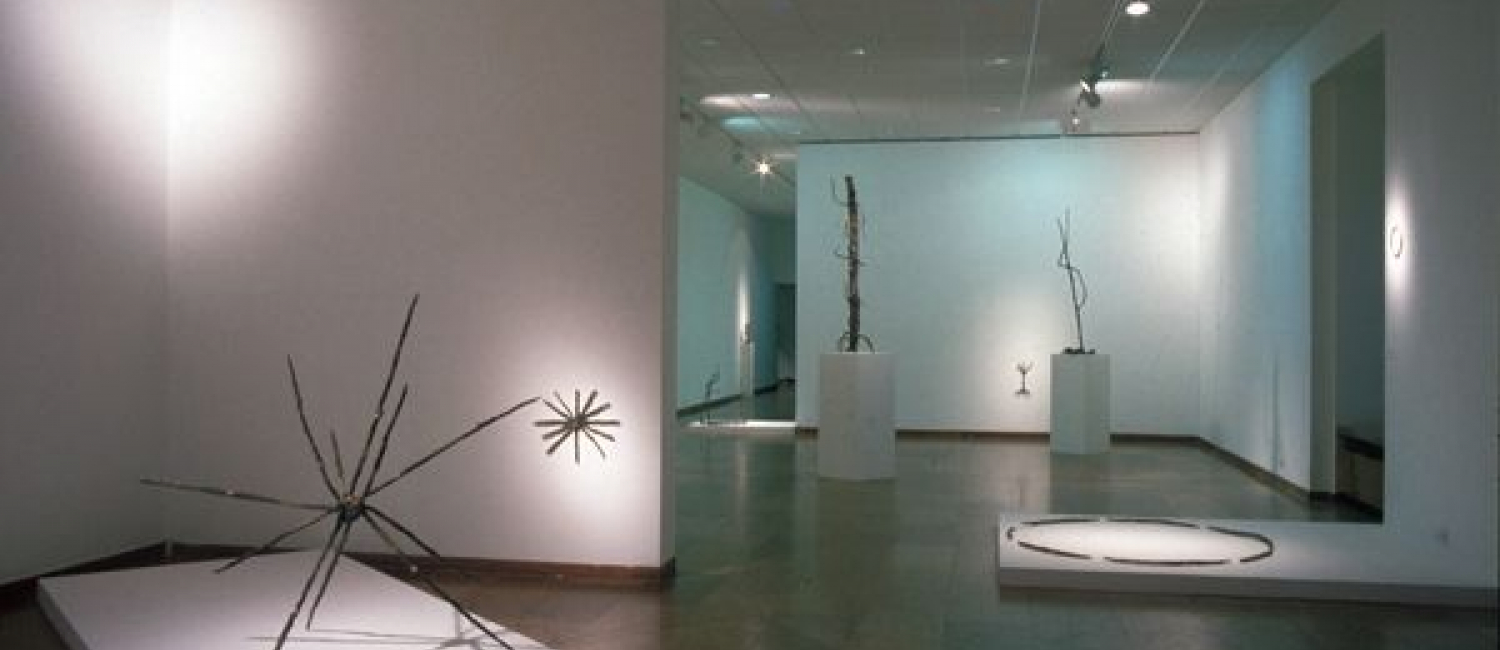In a sign we try to surpass ourselves while creating an illusion of eternal life, we do not make things abstract through it but we create existence, we die in it while we aim at resurrection. A sign is the death of an image, the mummification of a sight, the suspension of the fluidity of nature on behalf of man, a rite to imitate the infinity of the divine. A sign sets boundaries, the terrain for domesticating the boundless. Play is missing from signs because it would disappear from them. Signs cannot be kidded with. Signs are the freedom and the binds of the collective for the sake of the safety of the individual. Their sensuality is merely an illusion, in fact they are condensed abstractions.
What else can we say of signs? We can say anything only with words and words are not signs since you can tell a lie with words. Signs pass conscious, human messages just like words but they cannot be misunderstood while with words you can play around, and misinterpret and distort something. Signs carry permanence while words carry eternal and flowing change. ln a sign the whole culture of a community is condensed, the word being its tool the same way as the individual uses culture in concrete situations. We can write about a work of art with words and its title is also a word. The title which is supposed to trigger a train of thoughts or put in a different way it wants to give meaning to the work of art. It does this in and individual way through trial no matter how general the concept, the tool of which it is, is.
This tension between the word, the title and the work of art, the sign is particularly true for Ildikó Várnagy's art. When looking at her signs we can feel that something is being born, we can see the first trace of the hoe in the universe knowing that something is going to grow in its place. There is order in our thoughts which gets concentrated for a second to test the world. Lines, circles and motives are trying to find their appropriate proportions under sensitively feeling fingers, the way the man of prehistory shaped the outlines, drawings of his objects so that he can strengthen his place in the universe which he wanted to overcome while unawares he was placing the fundaments for future, more complex cultures.
Ildikó Várnagy consistently follows a different path. Her work consists of signs, unlike the mechanical signs or "traffic signs" of our modern world. In her signs organic-archaic meanings are gathered. They are organic in a sense that there is the dynamism of life being born in them. They stick into the universe with sharp- edged pain or they round it off to be like a womb pulsating happiness. These signs or pieces of work are archaic to the extent that they bring the most ancient subconscious part of our excited modern consciousness onto the surface in form of symbols and motives which have accompanied humanity on its way cutting through the bush of the universe, which have helped man in his track and which has allowed us to be here now.
We can feel all this if we are merely looking at Ildikó Várnagy' s signs and pieces of work without inquiring after their titles. If we read the titles then the fertile tension we have previously been talking about arises. All of a sudden the titles and the words start to direct and reconnect us to our modern world, to the present moment reminding us of the tormenting need to understand first of all ourselves if we do not want to get lost in the computer-universe of our present day which is training and leading us with electrical shocks.
Tagai Imre

